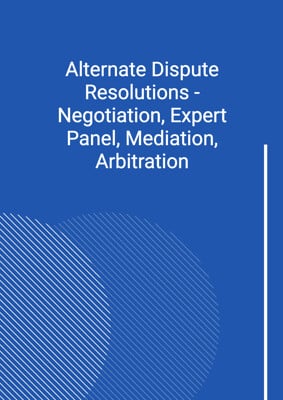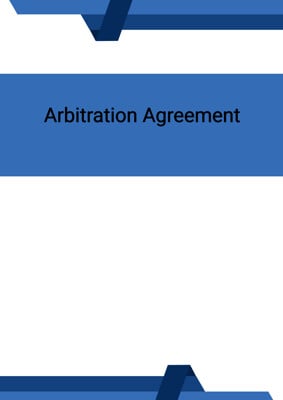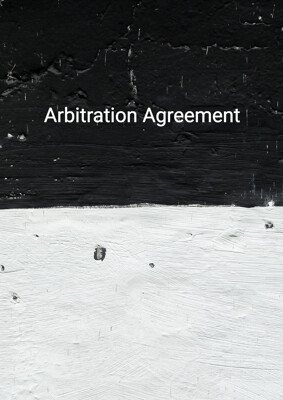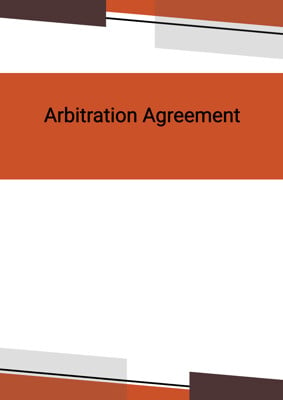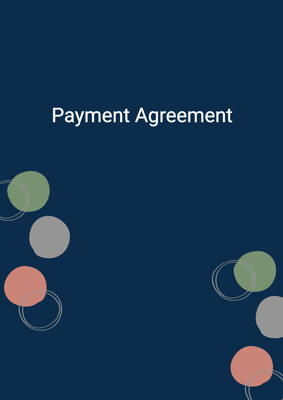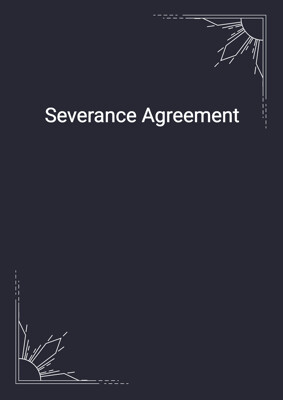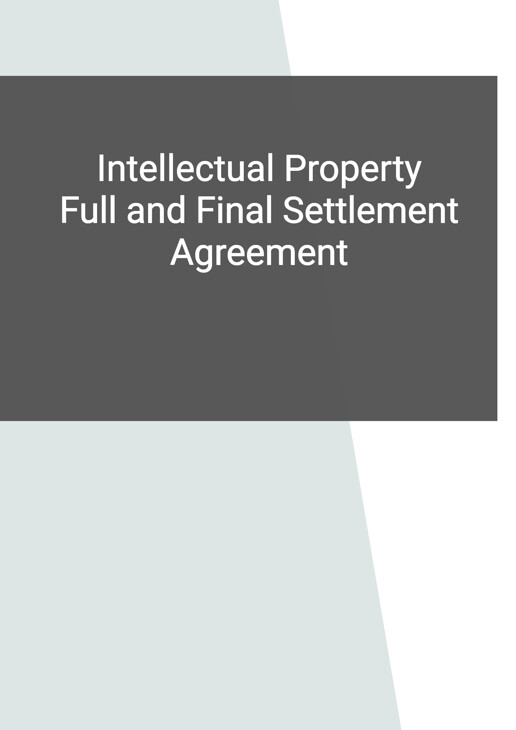
Intellectual Property Full and Final Settlement Agreement
Trade Mark - Coexistence
Full and Final Settlement Agreement between 2 companies with regards to the use of trademarks owned by the first company with pending application for similar trademarks by the second company. Second company agrees to certain conditions in return for the owner withdrawing its opposition.
How to Tailor the Document for Your Need?
01
Create Document
Fill in the details of the parties. You can click the "Fill with Member’s Information" button to complete it with information saved to your account.
02
Fill Information
Please fill in any additional information by following the step-by-step guide on the left hand side of the preview document and click the "Next" button.
03
Get Document
When you are done, click the "Get Document" button and you can download the document in Word or PDF format.
04
Review Document
Please get all parties to review the document carefully and make any final modifications to ensure that the details are correct before signing the document.
Document Preview
Document Description
The 'Intellectual Property Full and Final Settlement Agreement' is a legal document that serves as a settlement agreement between two parties, namely the 'Owner' and the 'Applicant'. The agreement is made to resolve any disputes or oppositions related to the registered and pending trademarks of both parties in the jurisdiction state.
The agreement begins with a set of recitals that provide background information. It states that the 'Owner' is a company1 description and has registered the trade marks 'registered company1' in trademark class1 under registration no(s) regist no reg. It also mentions that the 'Owner' has applied for registration of the trade marks 'pending trademarks' in pending class under registration no(s) pending reg. Additionally, it states that the 'Applicant' has applied for registration of the trade marks 'other registered' in class other under registration no(s) other reg, in respect of the applicant's trade marks applications.
Both parties agree that their respective trademarks can co-exist in the jurisdiction state in their respective principal areas of business. To settle the proceedings and oppositions, they have agreed to the terms of this agreement.
The agreement consists of several clauses that outline the obligations and undertakings of both parties. Clause 1 states that the 'Applicant' agrees to apply to the trade marks registry to amend/rectify its registration for the registered trade marks in class only by deleting specific items. The 'Applicant' also agrees not to use either of the registered trade marks in the jurisdiction state in respect of certain conditions. Furthermore, the 'Applicant' undertakes to amend its application for registration of the trademark(s) as specified.
Clause 2 states that the 'Owner' agrees to withdraw its oppositions and apply to discontinue the court proceedings within a specified number of compliance days upon receiving evidence of the 'Applicant's' compliance with the clauses mentioned above.
Clause 3 addresses the costs incurred in respect of this agreement, the opposition, and the proceedings. Depending on the answer to a specific question, the costs will be borne by each party or by either the 'Owner' or the 'Applicant'.
If the intention question is answered affirmatively, Clause 5 states that the agreement shall benefit and bind the parties, their successors, and assigns.
The agreement concludes with the signatures of both parties and the names of the witnesses.
Schedule 1 provides a list of the 'Owner's' registered trademarks, including the trade mark, registration no., registration date, and goods/services.
If the pending question is answered affirmatively, Schedule 2 provides a list of the 'Owner's' pending trademarks, including the trade mark, registration no., registration date, and goods/services.
Schedule 3 provides a list of the 'Applicant's' trademarks, including the trade mark, registration no., registration date, and goods/services.
How to use this document?
To use the 'Intellectual Property Full and Final Settlement Agreement', follow these steps:
1. Review the agreement: Read the entire agreement carefully to understand its purpose and terms.
2. Identify the parties: Fill in the names of the 'Owner' and the 'Applicant' in the respective sections of the agreement. Ensure that their principal places of business are also mentioned.
3. Understand the recitals: Familiarize yourself with the background information provided in the recitals, including the registered and pending trademarks of both parties.
4. Analyze the clauses: Go through each clause of the agreement to understand the obligations and undertakings of both parties. Pay close attention to the specific actions required, such as applying for amendments or rectifications.
5. Determine costs allocation: Based on the answer to the cost question, determine whether each party will bear their own costs or if one party will bear the costs incurred.
6. Consider the intention question: If the intention question is answered affirmatively, understand the implications of the agreement benefiting and binding the parties, their successors, and assigns.
7. Sign the agreement: Once you have reviewed and understood the agreement, sign it on behalf of the respective parties. Ensure that witnesses also sign and provide their names.
8. Review schedules: Examine the schedules attached to the agreement, including Schedule 1, Schedule 2 (if applicable), and Schedule 3. Take note of the registered trademarks, pending trademarks (if applicable), and trademarks of the 'Owner' and the 'Applicant'.
Please note that this guidance provides a general overview of using the document. It is essential to seek legal advice or consult with professionals to ensure compliance with specific laws and regulations related to intellectual property and settlement agreements in your jurisdiction.
Not the right document?
Don’t worry, we have thousands of documents for you to choose from:
